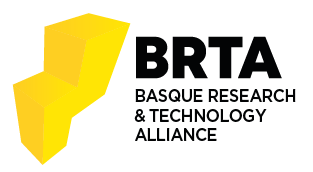Use of Virtual Reality Systems in Cerebral Palsy: Clinical Practice Guideline
Autores: Esther Monge, Francisco Molina, Isabel María Alguacil, Roberto Cano, Alessandro De Mauro, Juan Carlos Miagolarra
Fecha: 01.03.2013
Abstract
The purpose of conducting this guide is to analyze how it affects the use of virtual reality systems in the treatment of children and adolescents suffering from cerebral palsy, in increasing its functionality. Statistically significant results are obtained concerning the improvement of postural control, balance and different aspects of progress and positive changes in upper limb function and the selective control joints. It is necessary to open new lines of research grounded in rigorous methodological quality studies, to justify adequately the use of these techniques in clinical practice.
BIB_text
author = {Esther Monge, Francisco Molina, Isabel María Alguacil, Roberto Cano, Alessandro De Mauro, Juan Carlos Miagolarra},
title = {Use of Virtual Reality Systems in Cerebral Palsy: Clinical Practice Guideline},
pages = {867-871},
keywds = {
Virtual reality, rehabilitation
}
abstract = {
The purpose of conducting this guide is to analyze how it affects the use of virtual reality systems in the treatment of children and adolescents suffering from cerebral palsy, in increasing its functionality. Statistically significant results are obtained concerning the improvement of postural control, balance and different aspects of progress and positive changes in upper limb function and the selective control joints. It is necessary to open new lines of research grounded in rigorous methodological quality studies, to justify adequately the use of these techniques in clinical practice.
}
isbn = {978-3-642-34545-6},
date = {2013-03-01},
year = {2013},
}







